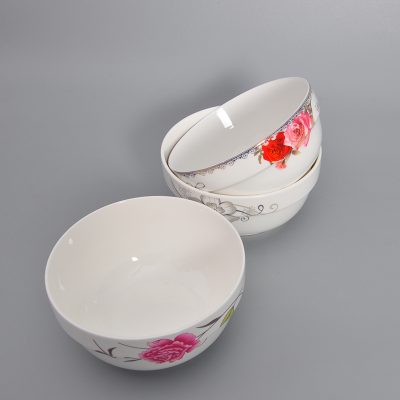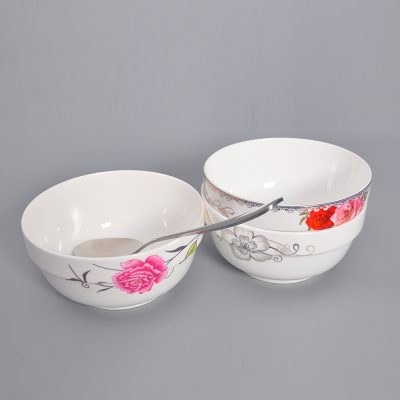Melamine tableware is also called imitation porcelain tableware. The raw material is a resin made from the polymerization of melamine and formaldehyde. It is sturdy and durable, can be made into bright colors, and is a relatively environmentally friendly material.
China exports more than 1 billion US dollars of melamine tableware every year, accounting for 80% of the world market share.
However, melamine tableware may release heavy metals such as formaldehyde and lead and chromium during use. Can it be used and how to use it safely?
my country’s national standards have special requirements for melamine food (GB 9690-2009), which clarifies the main safety-related indicators.
The qualified rate of regular imitation porcelain tableware wholesales is still relatively high. For example, in 2016, Shanghai randomly checked 58 batches of formaldehyde and heavy metals, and all the results were qualified.
Qualified products are OK under normal conditions of use, but it is difficult to judge the wholesale or supplier of imitation porcelain tableware of unknown origin.
Formaldehyde is a representative pollutant of melamine tableware. The release amount is mainly affected by temperature, pH value and time. The higher the temperature, the stronger the acid, and the longer it is in contact with the food, the more it is released.
Melamine tableware is often labeled “Do Not Microwave” to prevent the melamine resin from degrading and releasing formaldehyde at excessive temperatures.
In addition, there is very little unpolymerized formaldehyde that may remain in the melamine resin, so the new melamine tableware releases more formaldehyde, and the formaldehyde will be reduced and stabilized after a few uses.
Of course, trace amounts of formaldehyde released by qualified products do not pose a health hazard.
In order to save costs, some illegal imitation porcelain tableware wholesale manufacturers use low-cost urea-formaldehyde resin as melamine resin, or mix with melamine to make mixed resin.
Urea-formaldehyde resins release more formaldehyde due to their physical and chemical stability than melamine resins.
However, it is difficult for consumers to distinguish the difference between these two materials with the naked eye, so try to buy from reliable channels, and do not try to be cheap.






















